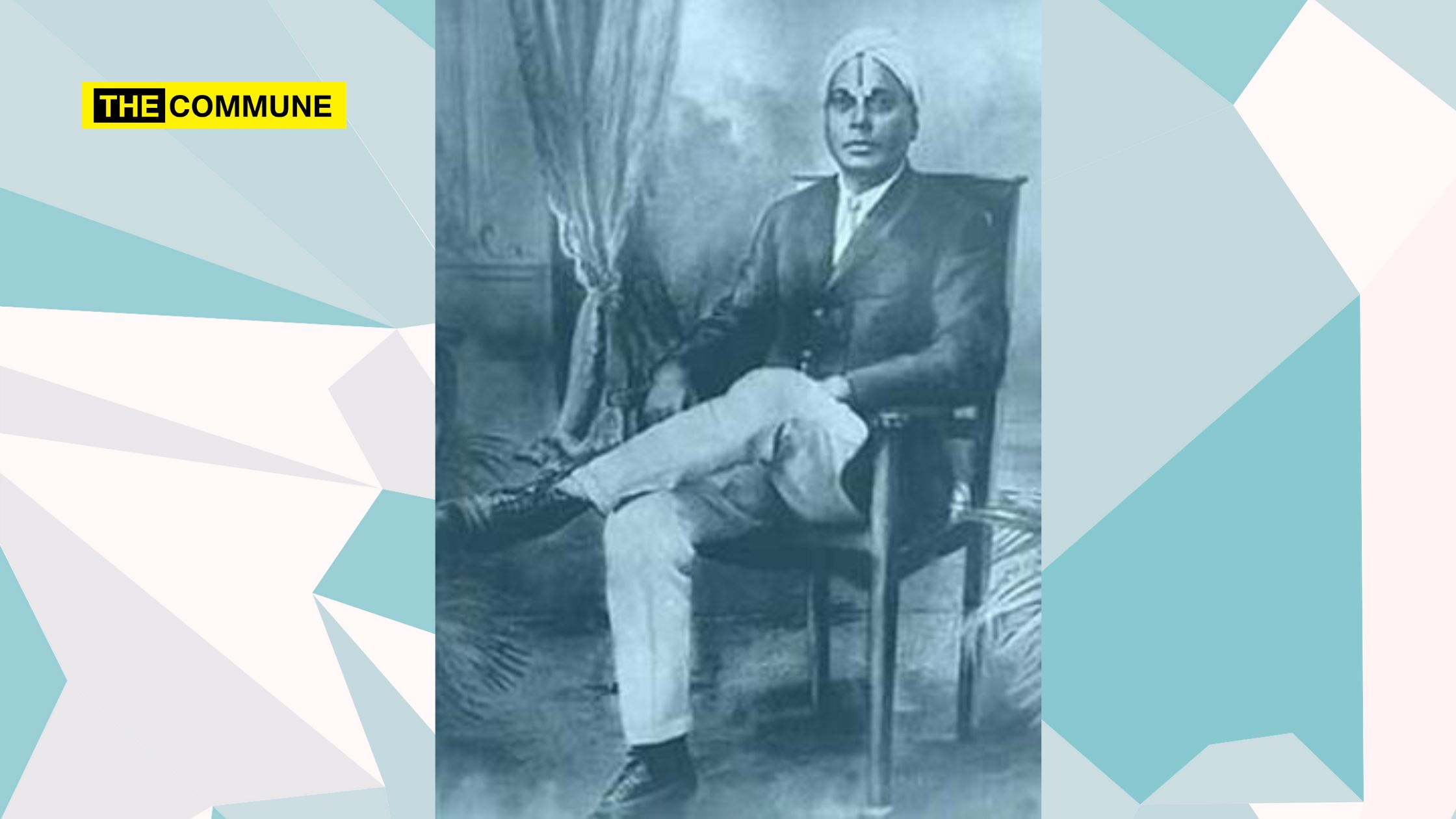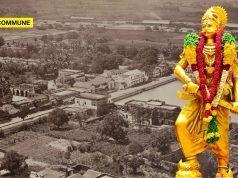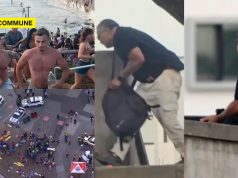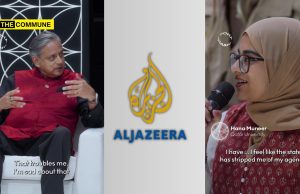
A select few and their cabal traditionally controlled the narrative of India’s history. All these years, they decided who should be spoken about and who would be pushed to obscurity, as well as the quantity and quality of what would be spoken. Great people who wouldn’t fit their definition went into the footnote, or if they were lucky, as an obscure statue in a nondescript corner. One of these forgotten heroes is Sri. M. C. Madurai Pillai (not to be mistaken with another great son of Bharata Mata, Sri. P. M. Madurai Pillai).
We know little about Sri. M. C. Madurai Pillai’s childhood. He was born into a Dalit Paraiyar-Valluvar family. He worked in the Kolar Gold Fields (KGF) in Karnataka. In those days, many workers there belonged to the Scheduled Caste community from Tamil Nadu, especially from the northern districts. Even Swami Sahajananda’s family from Arani moved to Kolar and found work in the KGF.
A Public Face In Madras And Kolar
Sri M. C. Madurai Pillai grew with the KGF and became a key leader and businessman. By his twenties, he was one of the KGF’s leading contractors. Kolar and Madras were home to him, and he shuttled between these two places. Soon, he was among the few successful businessmen in Madras and Kolar. His philanthropic bent of mind pushed him into public service at an early age.
He served as a member of the Madras Municipality (much before the Madras Corporation days) and the Saidapet Taluka Board and later became a Chengalpet Zilla Council Board member. The government feted him with the Rao Saheb award and title. He was also appointed an Honorary Magistrate of Madras City.
He understood the value of education in elevating lives, which led the government to appoint him to the province’s Education Council. In 1919, he was instrumental in starting Sri Namperumal Primary School in both Robertsonpet and Andersonpet in Kolar. These two schools were later elevated as Middle Schools. Later, he became a Member of the Madras Presidency Legislative Council in 1925.
A Devout Vaishnava
He was a devout Vaishnava and a staunch Sanatani. Once, while on a visit to Sri Ranganatha temple in Srirangam, he chanced a Kata Kalaksheba (discourse) on Srimad Bhagavata Purana by Sri Ubhaya Vedhaantha Pravarthaga Srimath Arulmaari Thiruvengada Varayogi Swamigal. Mesmerised, he wanted to become a disciple of the Swami and take the Pancha Samskara ritual to formally enter the Sri Vaishnavism portals. The Swami’s disciples enquired about his antecedents, and knowing he was from the Pariyar community, they refused him access to the Swami. Unperturbed, he started a fast until the Swami gave him Pancha Samskara.
The Swamiji, pleased with Sri Madurai Pillai’s focus and dedication, initiated him into Sri Vaishnavism, giving him the Pancha Samskara and the name “Madurakavi Ramanujadasar.” The Guru also visited his Shishya’s abode in Kolar, which started a new chapter in the district’s history, reeling under Christian missionaries’ influence. Sri. Madurai Pillai established “Sri Udayavar Sabhai” in Andersonpet in Kolar, making it the fulcrum of Sanatana Dharma in the region. Many people from across all communities were initiated with Pancha Samskara. Sri Madurai Pillai also built a splendid Nam Perumal Ranganatha Swamy Temple in Kolar.
Worked For Marginalised And Oppressed
He acted as the voice of the marginalised and oppressed. He established Adi Dravida Mahajana Sabha to work for the oppressed community. It is said that Sri Madurai Pillai coined the word Adi Dravida to refer to the marginalised community. He published a magazine, Dravidian. Sri. Veeraiyan, designated Vaduganambi Dasar during his Pancha Samskara, was Dravidian’s Editor. He was a great scholar of the Sri Vaishnava philosophy and was called “Sri Hari Katha Prasanga Vedantha Rathnakara”. Sri. Madurai Pillai was also passionate about worker health and welfare. He did many Silicosis awareness campaigns and medical camps. Silicosis is a deadly respiratory disease that affects the lungs, which was prevalent among the miners.
In 1921, the Buckingham and Carnatic Mills workers went on strike. This strike soon became a class issue between two sets of workers, resulting in the infamous “Pulianthope riots,” which resulted in significant loss of lives and property for both sides. Sri. Pillai worked for the relief and rehabilitation of both sides without any fear or favour. His neutral stand and his great work are unparalleled. He was a pillar of support for “Thatha” Rettaimalai Srinivasan, who went as a delegate to the first roundtable conference in London. He telegrammed Babasaheb Ambedkar, wishing him success at the roundtable.
The Legacy Of Sri. M. C. Madurai Pillai
Sri. M. C. Madurai Pillai passed away on December 14, 1934. He had done more for the community, culture, and Sanatana Dharma than anyone would have done in a century. His descendants, now the hereditary Dharmakarta (trustees) of the Nam Perumal Ranganatha Swamy Temple Trust in Kolar, are carrying forward his great work.
Let us remember and pay our respects to Sri. M. C. Madurai Pillai, another great son of Bharata Mata and a savant of Sanatana Dharma, today.
பிறப்பொக்கும் எல்லா உயிர்க்கும் சிறப்பொவ்வா
செய்தொழில் வேற்றுமை யான்.
(Greatness, Kural 972)
The manner of birth is the same for all men, but their reputations vary because they differ in their lives – The Kural or The Maxims of Thiruvalluvar by VVS Aiyar.
Raja Baradwaj is a marketing communications professional who is currently working with a leading technology multi-national company. He is an avid reader, a history buff, cricket player, writer, Sanskrit & Dharma Sastra student.
Subscribe to our channels on Telegram, WhatsApp, and Instagram and get the best stories of the day delivered to you personally.




